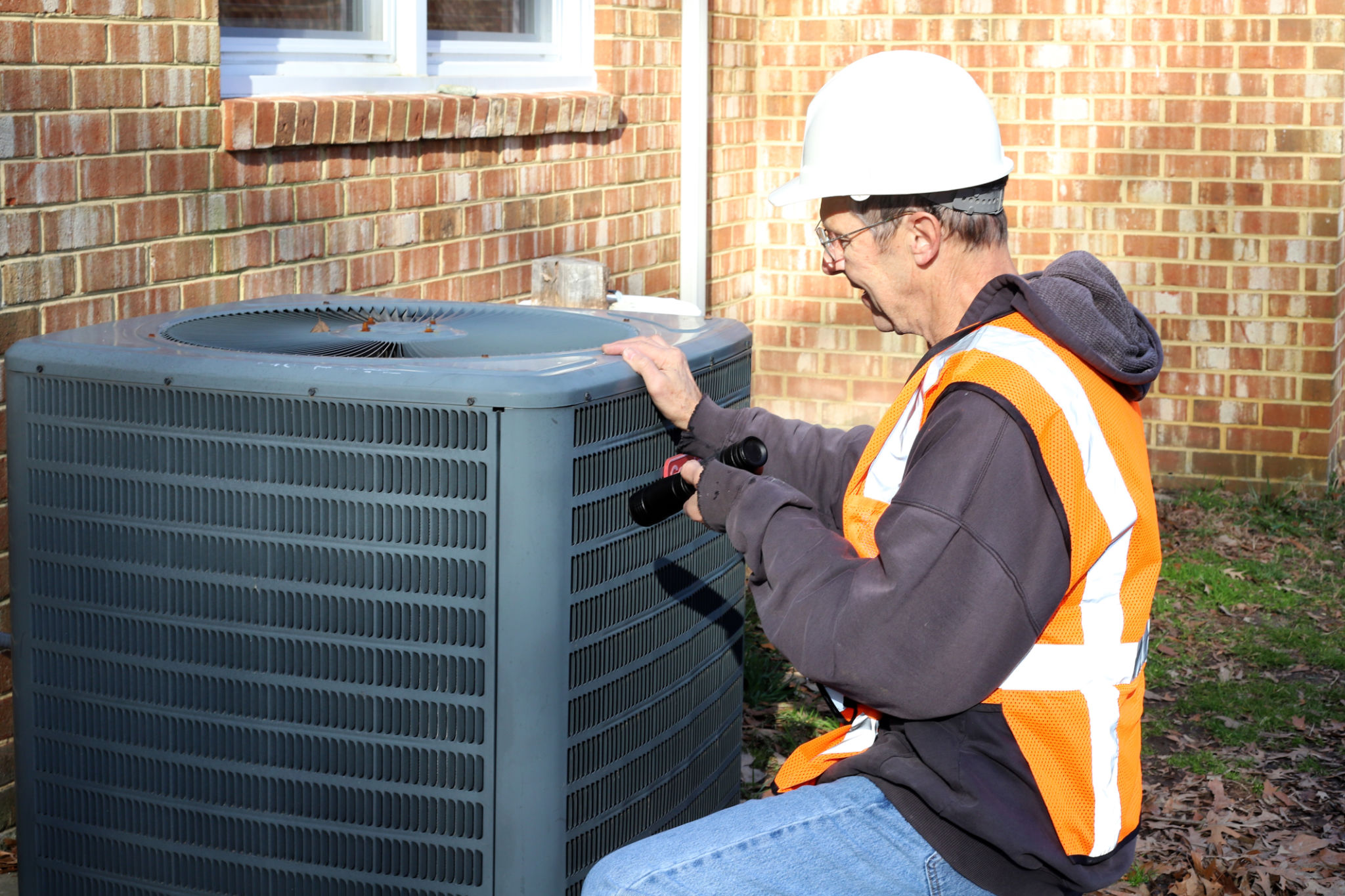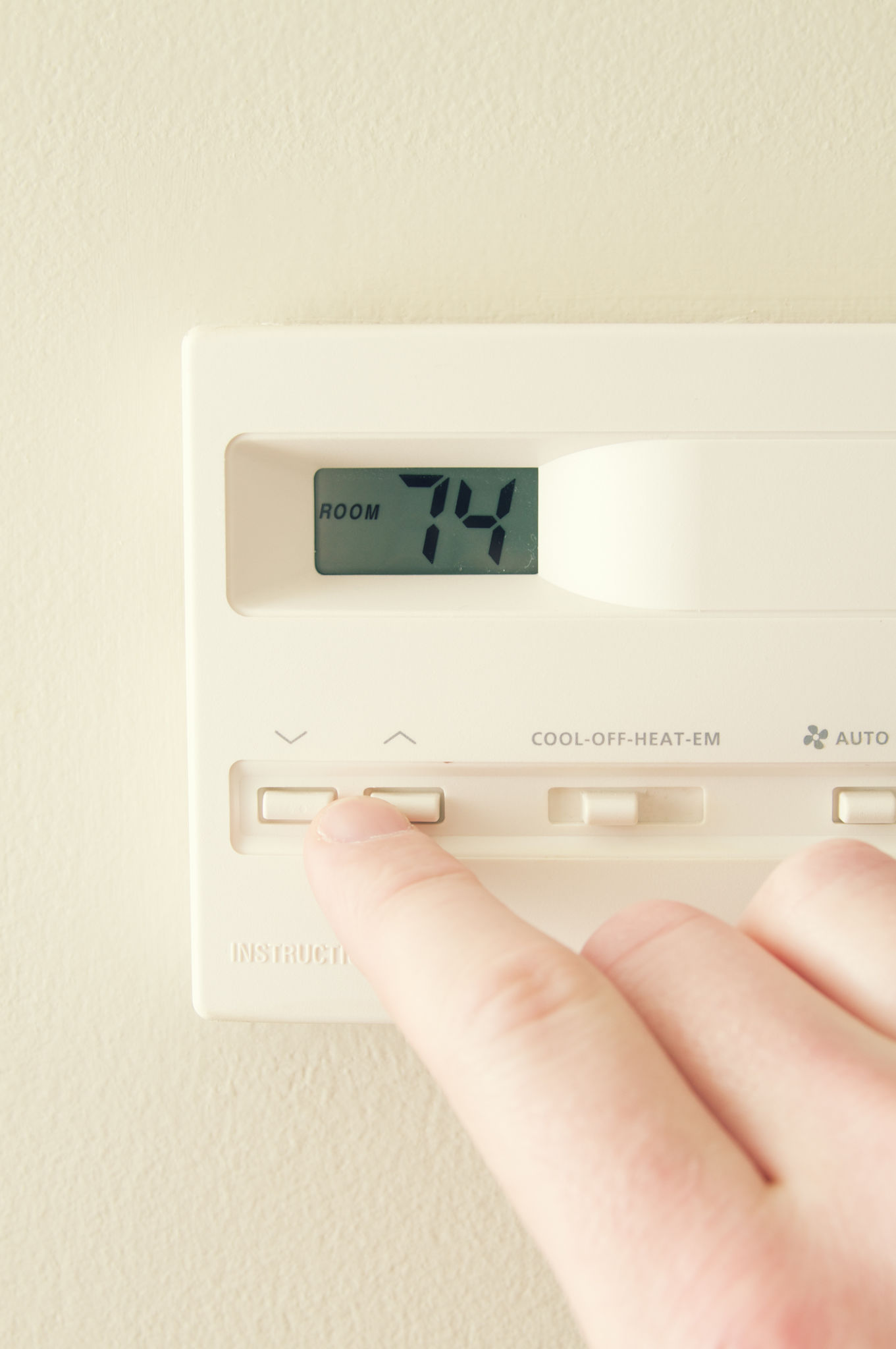Top 5 Misconceptions About HVAC Systems Busted
Understanding HVAC Systems
Heating, ventilation, and air conditioning (HVAC) systems are essential for maintaining comfort in homes and businesses. However, there are several misconceptions about how they work and how they should be maintained. In this blog post, we will address and debunk the top five misconceptions about HVAC systems.
Misconception 1: Bigger is Always Better
One common belief is that a larger HVAC system will provide better heating and cooling. However, this is not necessarily true. An oversized system can lead to frequent cycling on and off, which not only wastes energy but also causes unnecessary wear and tear on the unit. The key is to choose an HVAC system that is appropriately sized for your space.

Misconception 2: Closing Vents Saves Energy
Another prevalent misconception is that closing vents in unused rooms will reduce energy consumption. In reality, this can cause pressure imbalances within the system, leading to reduced efficiency and potential damage. It's better to use a programmable thermostat to manage temperatures effectively.
Misconception 3: Maintenance Isn’t Necessary
Some people believe that once an HVAC system is installed, it needs little to no maintenance. This is a costly mistake. Regular maintenance is crucial to ensure the system runs efficiently and has a long lifespan. Routine checks can help identify potential issues before they become major problems.

Misconception 4: Air Filters Only Need Changing Annually
A common misconception is that air filters only need to be changed once a year. However, air filters should be checked every month and replaced every three months at a minimum. If you have pets or allergies, more frequent changes might be necessary to maintain optimal air quality.
Misconception 5: Thermostat Placement Doesn’t Matter
Many homeowners are unaware that thermostat placement can significantly impact HVAC performance. If a thermostat is placed in a location where it receives direct sunlight or is too close to appliances, it may give inaccurate readings and cause the system to work harder than needed. It's important to place thermostats in central locations away from direct heat sources.

Conclusion
Understanding how your HVAC system works and debunking these common misconceptions can lead to better performance, longer lifespan, and more efficient energy use. Regular maintenance, correct sizing, and proper usage are key components in keeping your HVAC system running smoothly. Contact a professional for advice tailored to your specific needs to ensure your system operates at its best.
